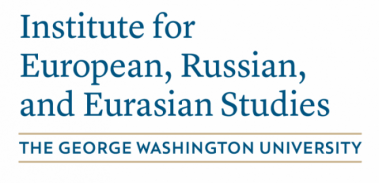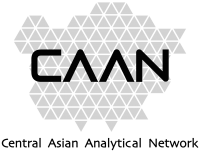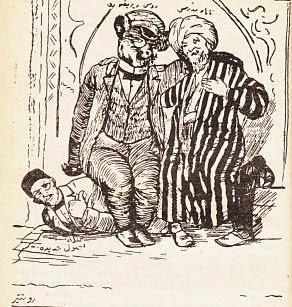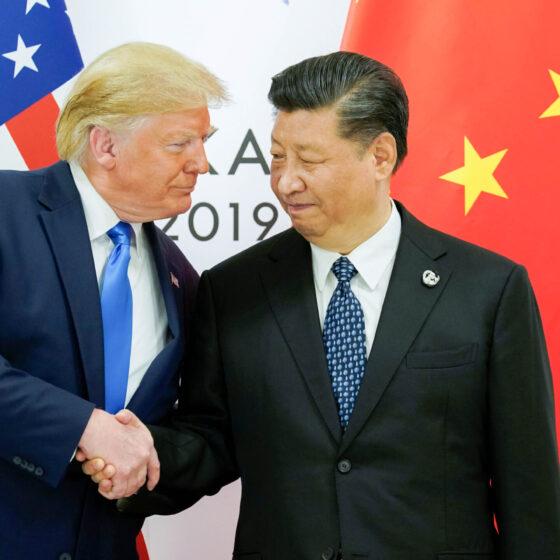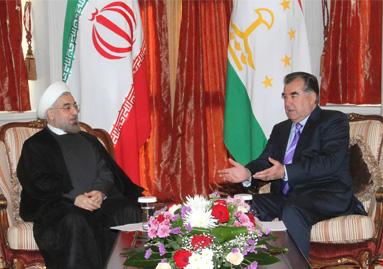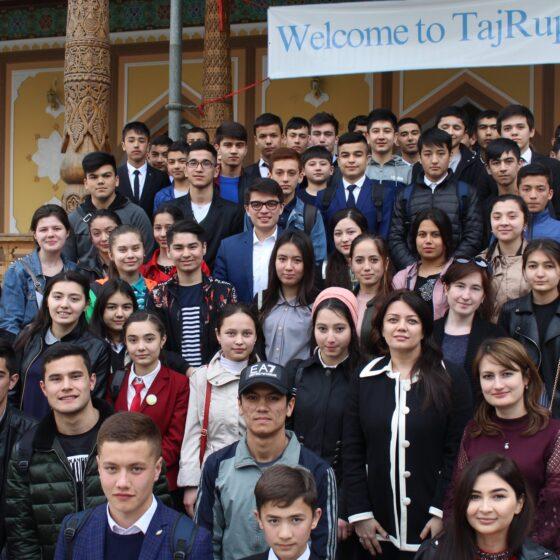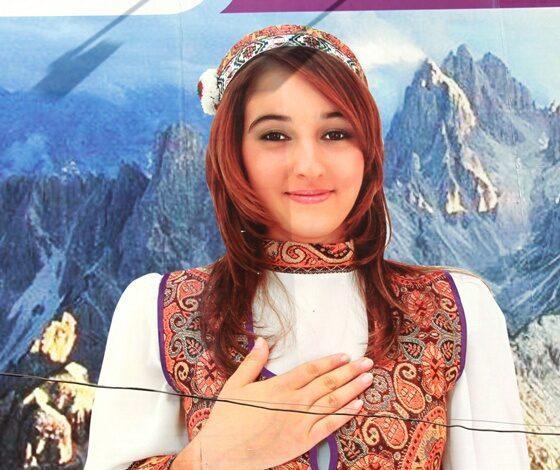Summary
A widespread perception of a Tajik migrant is an image of a young unskilled man at a construction site in Russia. Development agencies operating in Tajikistan are largely to blame for cementing such images of a particular vulnerability of Tajik migrants. Project-related and donor-oriented research conducted by development agencies portrays Tajik migration as a ‘problem of migration’. A variety of topics remains unexplored, including transformation of gender roles in the context of migration, female migration and educational migration.
Common knowledge

They might be associated with faces burnt by the sun, bright protection vests and dusty construction helmets. Lack of a good command of Russian language and unregulated work status makes them vulnerable to repeated abuses by dishonest employers. Tajik migrants are also subject to xenophobic attitudes by radical nationalist groups in Russia. Not in rare cases, our respondents would say that migrants start a second family in Russia. Another feature which might be added to this image is that Tajik labour migrants are vulnerable to crime, violence or most recently radicalisation, since in the last few years a few hundred joined the so-called Islamic State. As for families of labour migrants, our respondents would most probably say that wives with numerous children left behind in Tajikistan are awaiting remittances from abroad. They are struggling with the absence of men who are primary bread-winners in traditional Tajik families.
Who are the image-makers
These widespread perceptions of Tajik migration represent images of a particular vulnerability. If we analyse them closer, we discover that all of them focus on an inability of migrants to withstand social exclusion and abuse to which they are exposed. At the same time, these images alienate and stigmatise migrants, by depersonalising them into stereotypic creatures and devaluating their experiences of migration. In their harshest version, they demonise migrants, by portraying them as a group which is particularly prone to radicalisation and under favourable conditions can easily turn to violence. They provide a politicised vision of migration. For this reason, it is worth reflecting on the environment in which images make it to the public opinion emerge. More specifically, who are the image-makers contributing to emergence of such perceptions and what function do they perform? Tajik migration is given a specific political character of vulnerability and/or threat, by different actors guided by different aims. These include national and Russian media and policy-makers, but also international actors like several development agencies operating in the country: international organisations, international and national non-governmental organisations (NGOs). Through the development discourse, development agencies create specific images of Tajik migration and cement common perceptions among the public.
Since the early-1990s, research on Tajik migration, but also on other social topics, has been carried out almost exclusively by various development agencies operating in the country. For already almost three decades, Tajikistan’s academic circles have been struggling with lack of funding, brain drain of educated cadres and informal payments which determine the relations between professors and students, and which distract from research. The country lacks well-financed independent academic centres and research institutes which would perform research concerning not only migration, but also more broadly politics, economics, culture and technical fields. Unlike some of its Central Asian neighbours, Tajikistan does not have at its disposal KIMEP or the Nazarbayev university of Kazakhstan, or the American University of Central Asia and the University of Central Asia hosted by Kyrgyzstan, where high-quality research which is both critical and of critical importance would be produced. Similarly, unlike Kyrgyzstan and Kazakhstan, Tajikistan did not receive a broader attention among foreign scholars, and Tajik academics affiliated with western institutions. Anthropological research on Tajik migration, like the work of Malika Bahovadinova (2016) who analyses the relationship between labour and the state, remains rare. In the absence of such options, research on migration has been either conducted directly by them or commissioned to other organisations, always under their supervision and using their funding.
Over the last two decades, the two main development agencies which used to both implement projects related to Tajik migration and carry out research on migration were the International Organization for Migration (IOM) and the World Bank. While IOM used to cover socio-economic aspects of migration, e.g. problems faced by migrants in Russia as a result of harshening of the country’s immigration regime, the World Bank used to focus on economic dynamics of labour migrants, e.g. measuring remittances and analysing the impact of remittances on poverty and economic situation of the country. In the recent years, a number of other development agencies expanded their activities to the field of labour migration, including bigger international organisations like UN Women and UNICEF, international NGOs like Mercy Corps, Oxfam and Save the Children, and a number of local NGOs which are usually subcontractors of bigger agencies. In particular, the 2014 economic crisis in Russia led to a diffusion of foreign aid on migration issues in Tajikistan. Nowadays, it is hard to find an organisation in Tajikistan which is either not working, or recently has not worked on migration, and which has not produced at least a small research on this subject.
How Tajik migration is researched
Research conducted within development agencies is inextricably linked with the development discourse and practice. It has two main features, it is project-related and donor-oriented. First, research is usually related to specific development projects. It takes form of either baseline studies, small and bigger-scale household surveys, situation assessments for new projects, or assessments of already ongoing or finishing projects. In this way, unlike ethnographic research, research in development agencies is strictly linked with decision-making. Research findings are translated into actions and thus have a direct impact on projects. Such function assigned to research leads to a specific selection of research topics. A look at research on Tajik migration which was produced in recent years by respected development agencies allows us to see that the focus has been primarily on inability of migrants to cope with different threats encountered during migration. In this respect, the research of IOM (2016) focused on migrants’ vulnerabilities and integration needs following the economic crisis in Russia, but also speculated about the radicalisation potential of migrants. Similarly, in the case of families of labour migrants, research conducted by development agencies featured a difficulty to cope with absence of men. For example, UNICEF (2011) and Save the Children (2014) conducted a research on a negative impact of labour migration on children left behind in Tajikistan. Thus, the angle that projects-oriented pieces of research take is to look at specific issues related do migration by extracting from their broader socio-economic and political context and focus on the negative – that can be then addressed by future projects.
The mechanisms and discursive constructions of development aid were analysed by scholars such as James Ferguson (1990) and Arturo Escobar (2011). In the case of Tajikistan, in the development discourse migration is portrayed as a ‘problem of migration’. Tajik migration becomes a problem of the most-remittance dependent country in the world, a label which ignores the issues such as the dimension of the informal economy of the country which may equal or even exceed the formal economy. In turn, Tajik migrants automatically turn into a mass of uneducated men with poor knowledge of Russian. Such aspects as powerful solidarity networks in Russia which allows these apparently unskilled migrants to integrate into the Russian economy, as well as the fact that often migrants have higher education degrees, are silenced because they do not fit into the picture. Finally, the impact on the absence of men on their families is automatically translated into vulnerabilities, rather than exploring the ways how migration transforms gender relations in Tajikistan. Research integrity refers not only to an adherence to verifiable methods and honesty of reporting results. Practices such as selecting of specific aspects of migration, while consciously avoiding others, as well as taking a particular angle to research Tajik migration to show negative tendencies also breach research integrity. As a consequence, development agencies turn migrants and their families into a specific political subject, a vulnerable mass in the need of control and help through projects, but also contribute to cementing of stereotypes among a broader public.
What we still do not know
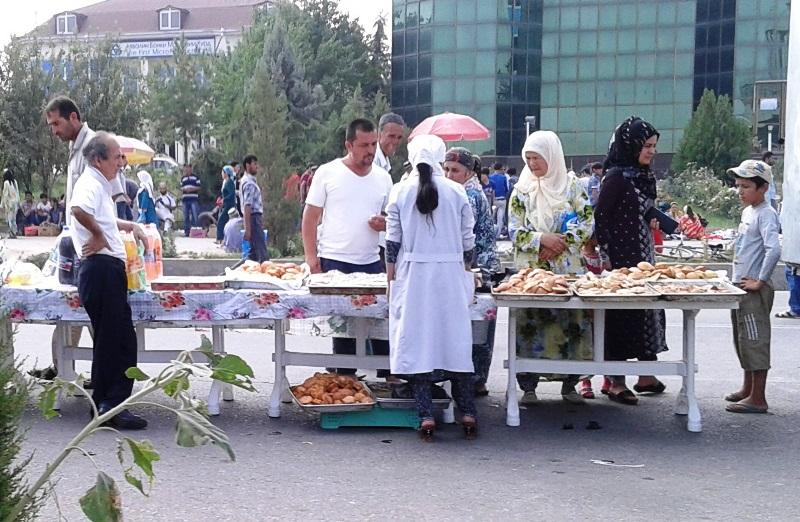
There is an abundance of unexplored topics and new angles how to creatively look at Tajik migration, which escape the framework of the development discourse. They may include the composition, function and operating rules of solidarity networks in Russia. With regard to families of labour migrants, changes in the domestic organisation of households in the absence of men could be explored, as well as ways how family ties are transformed by in transnational families of migrants. Other topics also remain unexplored. They encompass the dimensions of growing internal migration in Tajikistan, relations between internal migrants with communities where they work, and solidarity networks of internal migrants. Another under-researched subject is female migration, transnational motherhood and ways how female migrants transcend or maintain patriarchal norms. Other topics could be educational migration from Tajikistan, immigration to Tajikistan and perceptions of Tajik diasporas of their home country, as well as their self-identification. Exploration of such areas will give us a completely new understanding of migration.
Bibliography
Bahovadinova, Malika. 2016. Ideologies of Labour: The Bureaucratic Management of Migration in Post-Soviet Tajikistan. PhD Dissertation, Indiana University-Bloomington.
Escobar, Arturo. 2011. Encountering Development: The making and unmaking of the Third World. Princeton University Press.
Ferguson, James. 1990. The Anti-Politics Machine: ‘Development’, Depoliticization and Bureaucratic Power in Lesotho. CUP Archive.
IOM. 2016. Migrant Vulnerabilities and Integration Needs in Central Asia. Root Causes, Social and Economic Impact of Return Migration. Regional Field Assessment in Central Asia 2016. Astana.
Save the Children. 2014. Addressing Negative Economic and Social Consequences of Labour Migration to Children and their Families. Action Based Research. Dushanbe.
UNICEF. 2011. Impact of Labour Migration on ‘Children Left Behind’ in Tajikistan. Dushanbe.
